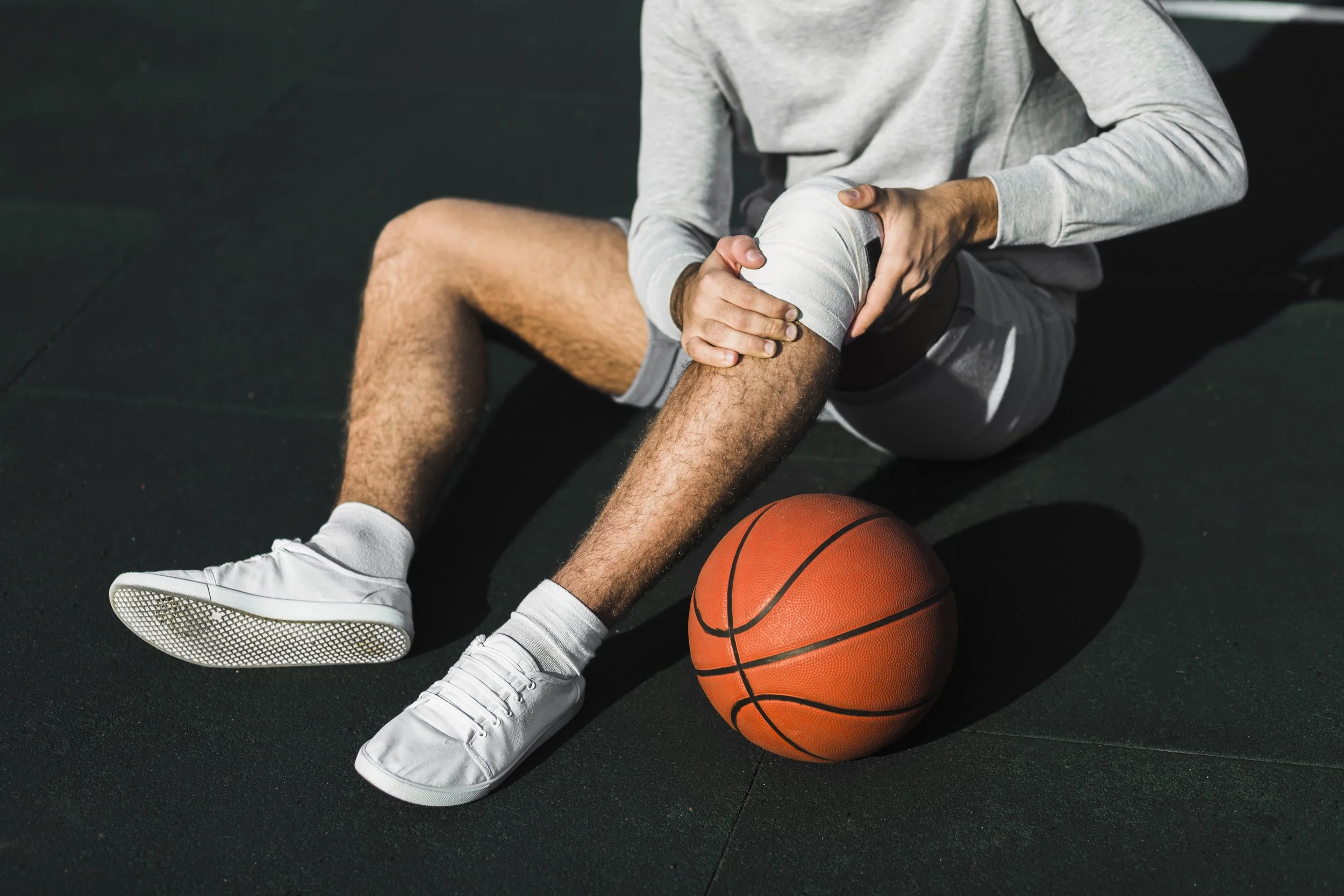Rehab and Recovery: Returning to Sports After an Injury
Preventing Common Sports Injuries with Physical Therapy
Whether you're a weekend warrior, high school athlete, or seasoned competitor, one thing is clear: injuries can sideline you fast. The good news? You don’t have to wait until you're hurt to see a physical therapist. In fact, physical therapy plays a crucial role in preventing sports injuries before they happen.








